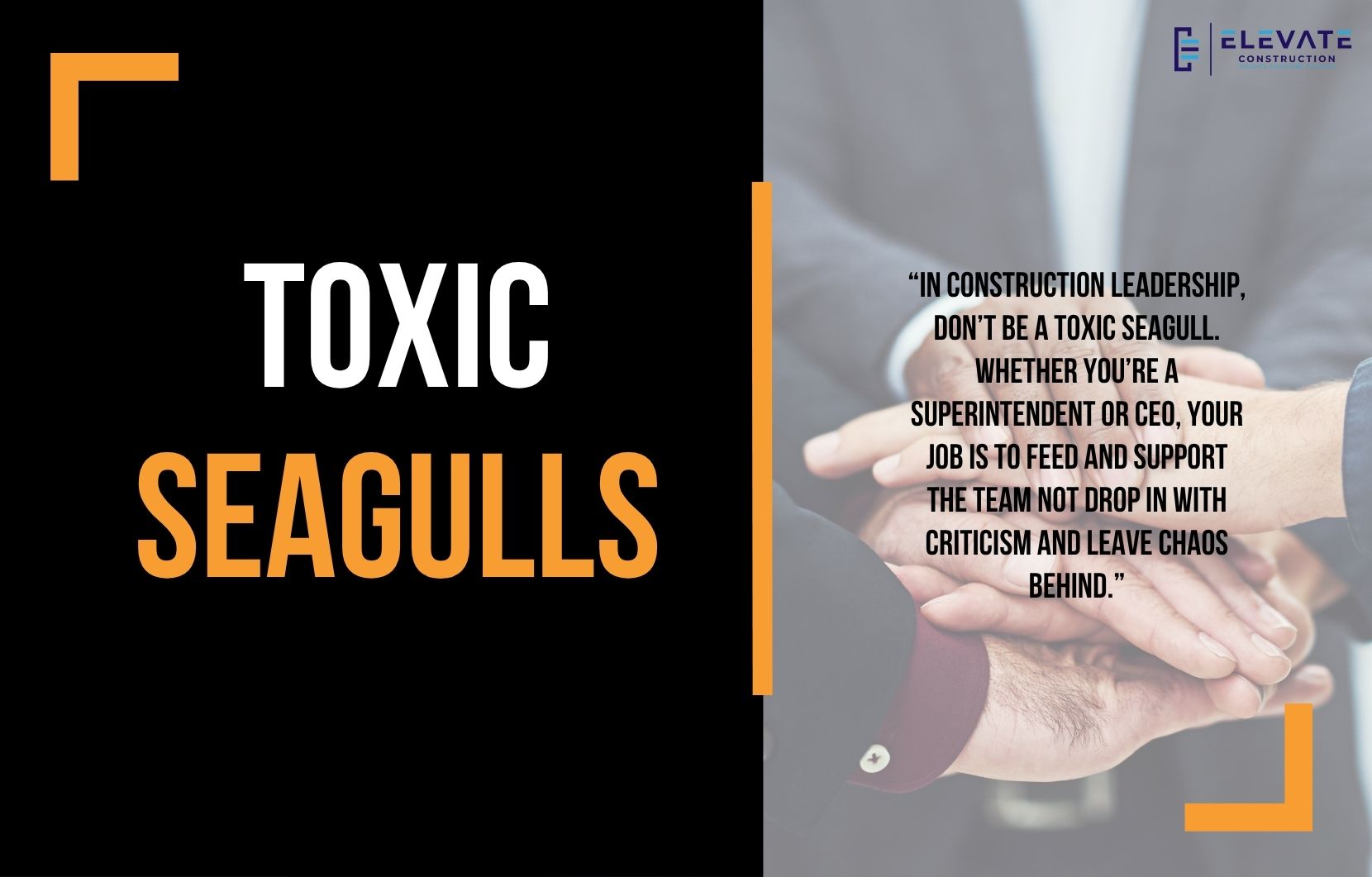I’m excited to be with you today. I’m going to talk about some concepts that will really help us avoid becoming toxic seagulls in construction leadership.
Let’s start with a favorite builder code: “Put yourself beyond the possibility of defeat.” In construction, we aren’t superheroes we’re humans. We need systems and processes that protect us from failure, not blind hope that we can react our way through chaos. Real strength comes from preparation.
Now, here’s something interesting. I received feedback from someone who had lunch with a retired CEO of a major commercial construction company. This CEO said his company never did lean construction because “customers never wanted to pay for the extra cost and oversight.” While this may sound reasonable, it reflects a cultural misunderstanding.
The truth is lean isn’t something owners should have to pay for. It’s a mindset and system that should be embedded into how contractors operate. When done right, lean reduces overall project costs by eliminating waste and improving flow. It’s not about increasing pre-construction or oversight costs; it’s about increasing total value and decreasing inefficiency. Saying “the owner wouldn’t pay for it” really just means the contractor didn’t value it enough to make it part of their standard practice.
We do lean not because it’s billable we do it because it’s the right thing for people, for quality, and for the long-term success of a company.
Now onto the main topic toxic seagulls. You’ve probably seen it before: an executive, director, or senior leader drops into a job site, causes chaos, criticizes, stirs up panic, and leaves without offering real solutions. That’s the classic toxic seagull flying in, crapping on everything, and flying out.
But what if we flipped the analogy? What if seagulls arrived with a fish in their mouth, feeding and supporting the team? Leaders should visit projects to serve, uplift, clarify, and bring solutions not create stress or instability.
I once saw a toxic version of this in Oklahoma, where two superintendents would lock themselves in a room for hours, emerge with vague directives, and destabilize the entire jobsite. They weren’t leading they were seagulling. Leadership through isolation and secrecy creates confusion, resentment, and failure.
Great leaders engage, listen, ask questions, and support teams on-site. When you leave a project site, the team should feel more confident, more equipped, and more connected not more anxious and confused.
Key Takeaway:
In construction leadership, don’t be a toxic seagull. Whether you’re a superintendent or CEO, your job is to feed and support the team, not drop in with criticism and leave chaos behind. Real leadership is proactive, collaborative, and rooted in serving others. And when it comes to lean, don’t wait for owners to “pay” for it do it because it’s the right thing for your people and your project.
If you want to learn more we have:
-Takt Virtual Training: (Click here)
-Check out our Youtube channel for more info: (Click here)
-Listen to the Elevate Construction podcast: (Click here)
-Check out our training programs and certifications: (Click here)
-The Takt Book: (Click here)
Discover Jason’s Expertise:
Meet Jason Schroeder, the driving force behind Elevate Construction IST. As the company’s owner and principal consultant, he’s dedicated to taking construction to new heights. With a wealth of industry experience, he’s crafted the Field Engineer Boot Camp and Superintendent Boot Camp – intensive training programs engineered to cultivate top-tier leaders capable of steering their teams towards success. Jason’s vision? To expand his training initiatives across the nation, empowering construction firms to soar to unprecedented levels of excellence.
On we go

